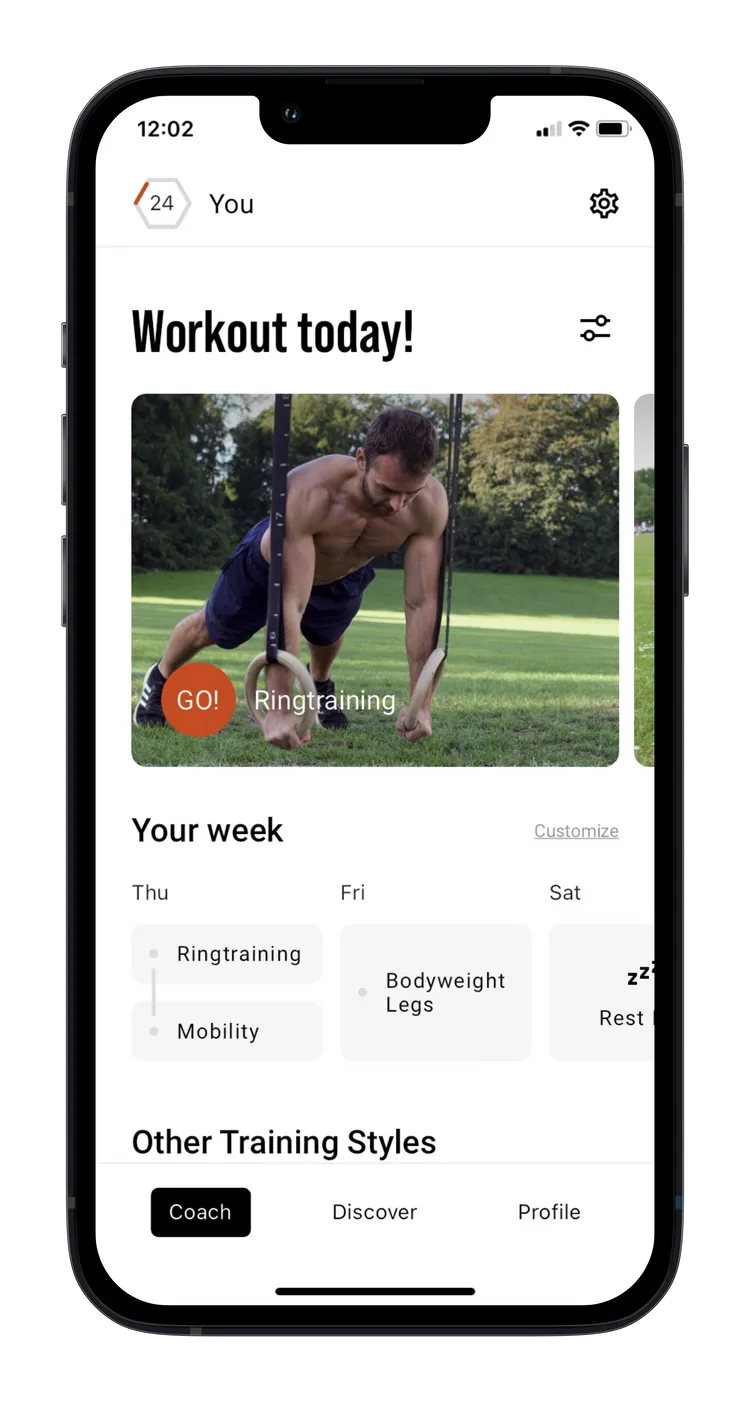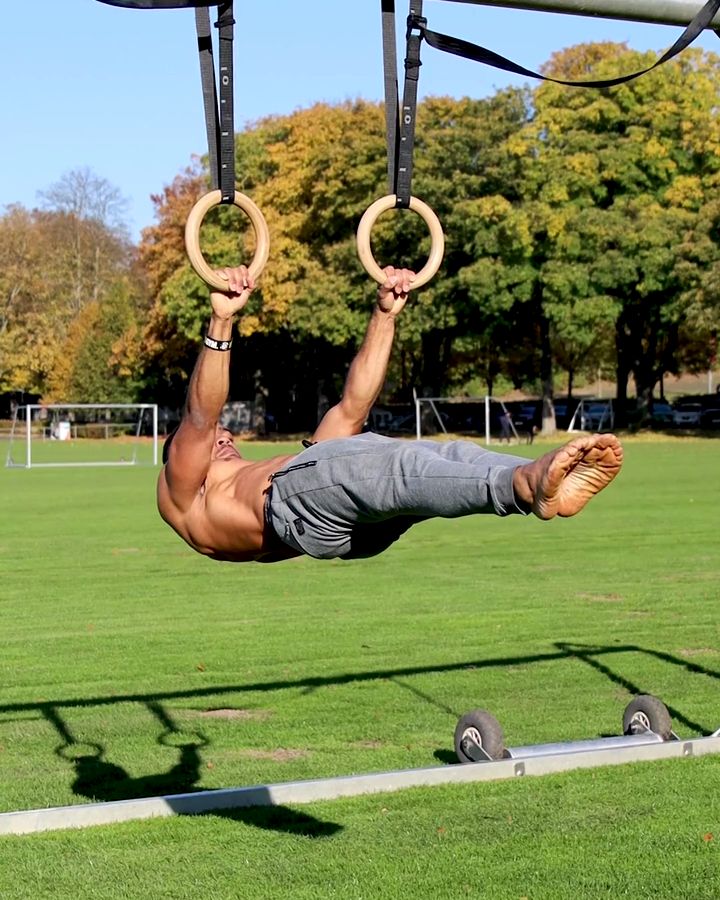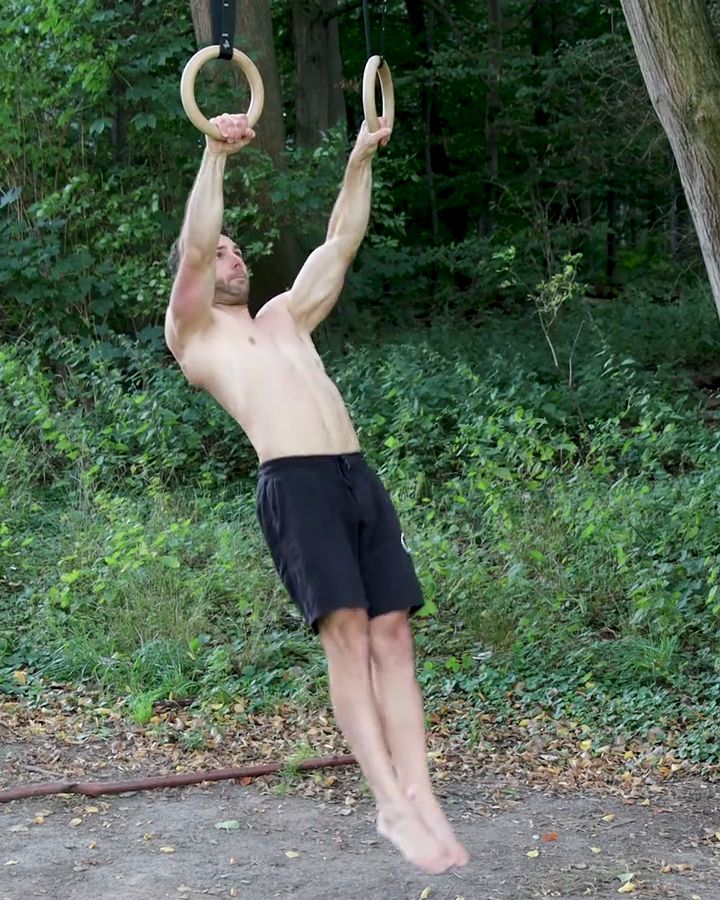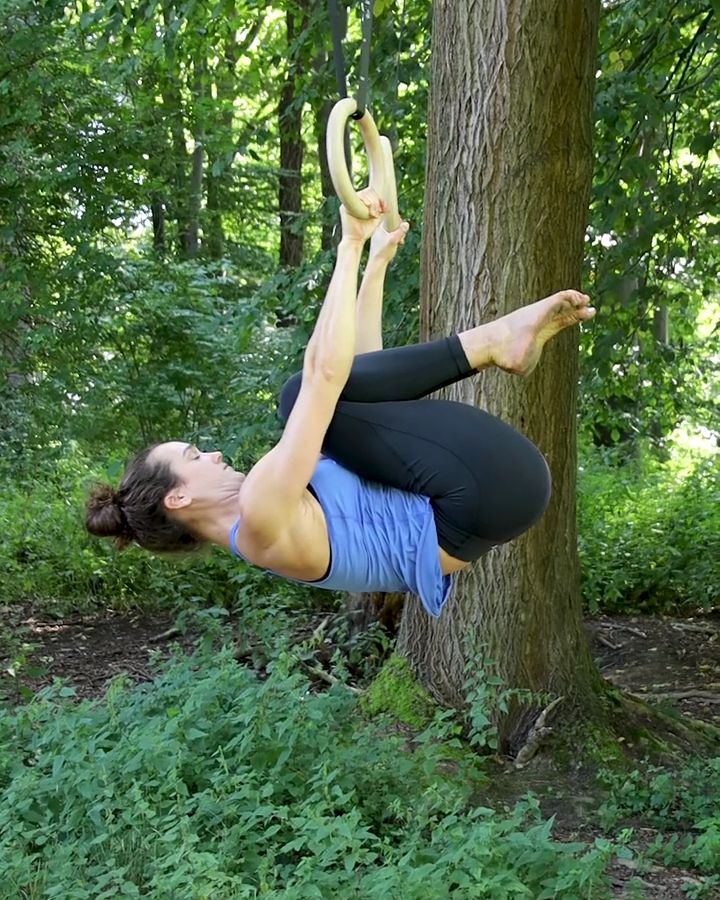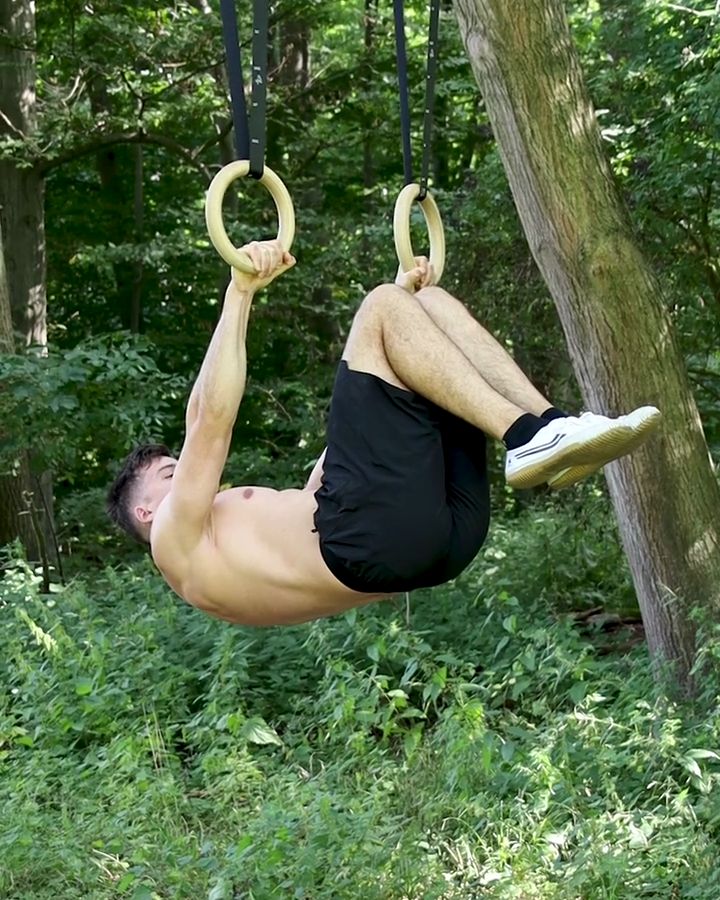Negative Tuck Front Lever with gym rings
The Negative Tuck Front Lever is a variation of Front Lever Pulls, where you pull from a dead hang into an inverted hang on the rings and then slowly lower back to the hang in the Tuck Front Lever position. This exercise takes advantage of the fact that muscles are stronger in the eccentric phase than in the concentric phase, as explained here: Eccentric Muscle Training.
It allows you to train the Front Lever position even if you don’t yet have the strength to hold it statically. The Negative Tuck Front Lever is an excellent preparatory exercise for the Front Lever Pull.
Necessary equipment
Negative Tuck Front Lever with gym rings - the correct execution
- Start in the inverted hang
- Pull your shoulder blades back down
- Angle your hips 90 degrees
- Knees are bent
- Lower yourself slowly and controlled into the hang position
- Keep maximum tension in torso and buttocks
- Arms are stretched
- The negative phase should last about 4-5 seconds
The exercise Negative Tuck Front Lever is intended to be used as a hypertrophy, technique exercise.
Which muscles are trained by Negative Tuck Front Lever?








Primary trained muscles for Negative Tuck Front Lever
Latissimus - The latissimus dorsi is a large muscle in your back that helps you pull your arm down and back. It also supports breathing and stabilizes the spine.
Upper Back - The muscles in the upper back, including the trapezius and rhomboid muscles, help move and stabilize your shoulders. They pull the shoulder blades together and support posture.
Secondary trained muscles for Negative Tuck Front Lever
Abs - The rectus abdominis, also known as the "abs," runs vertically along the front of the abdomen. It is responsible for bending the torso forward, such as during sit-ups, and lifting the pelvis. This muscle stabilizes the torso, supports the spine, and helps maintain good posture.
Similar exercises to Negative Tuck Front Lever
Front Lever with gym rings
This exercise, known as the "Front Lever" is a pinnacle move in calisthenics, characterized by a horizontal body position where the body is held parallel to the ground. The arms are extended on the rings, and the entire body is stabilized in a straight line from head to toe. The challenge of this exercise lies in maintaining this position without allowing the body to sag or bend, which requires an extremely high level of core tension.
In calisthenics, the Front Lever is considered a benchmark for strength, body control, and functional fitness.
The Front Lever can be trained through various progressions, where the legs are in a tucked, partially tucked, straddled, or one-leg bent position. There are also dynamic variations, such as Front Lever Pulls or Front Lever Rows, to increase the intensity and training effect.
Front Lever Pulls with gym rings
Front lever pulls intensely strengthen the back, triceps, and core. In this exercise, the body is repeatedly pulled from a hanging position through the horizontal front lever position up to an inverted hang—a movement that requires tremendous body tension and strength. This exercise is one of the most challenging straight-arm pulling exercises and is an important component of training for the front lever.
Tuck Front Lever with gym rings
The tuck front lever is an effective exercise for strengthening the back, core, and triceps muscles, and it serves as an ideal preparation for the full front lever. In this exercise, the knees are pulled towards the chest, and the body is held parallel to the ground while gripping a bar or rings. Due to the tucked legs, this exercise is easier than the regular front lever because the weight remains closer to the body’s center of gravity. The tuck front lever is perfect for beginners to build body tension and prepare for the advanced straight-leg variation.
Advanced Tuck Front Lever with gym rings
The advanced tuck front lever is a preparatory exercise for the front lever that intensely engages the core and back muscles. Unlike the simpler tuck position, where the knees are closer to the chest, the legs in the advanced tuck remain only slightly bent. This adjustment changes the leverage, making the exercise more challenging and requiring more strength. The advanced tuck is an intermediate step between the tuck front lever and the single leg front lever.
This could also be interesting
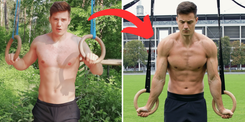
Calisthenics Body Transformation – How to Build a Strong, Lean, and Athletic Physique
Transform your body with Calisthenics! Build muscle, burn fat & achieve a shredded physique with bodyweight training. See real before & after results!

The Best Fitness Apps in 2025: Our Top 10 Recommendations
Don’t miss the best fitness apps of 2025: surprising favorites, free options, and perfect tools for your workouts. Find the ideal app today!
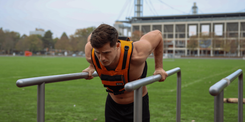
Complete Calisthenics Skills List – 40+ Exercises from Beginner to Pro
Which calisthenics skills should you learn first? And which ones will really help you progress? In this article, you’ll find a complete list of over 40 exercises – from the very basics to the toughest moves for professionals. Each exercise comes with instructions, so you can immediately integrate them into your training.
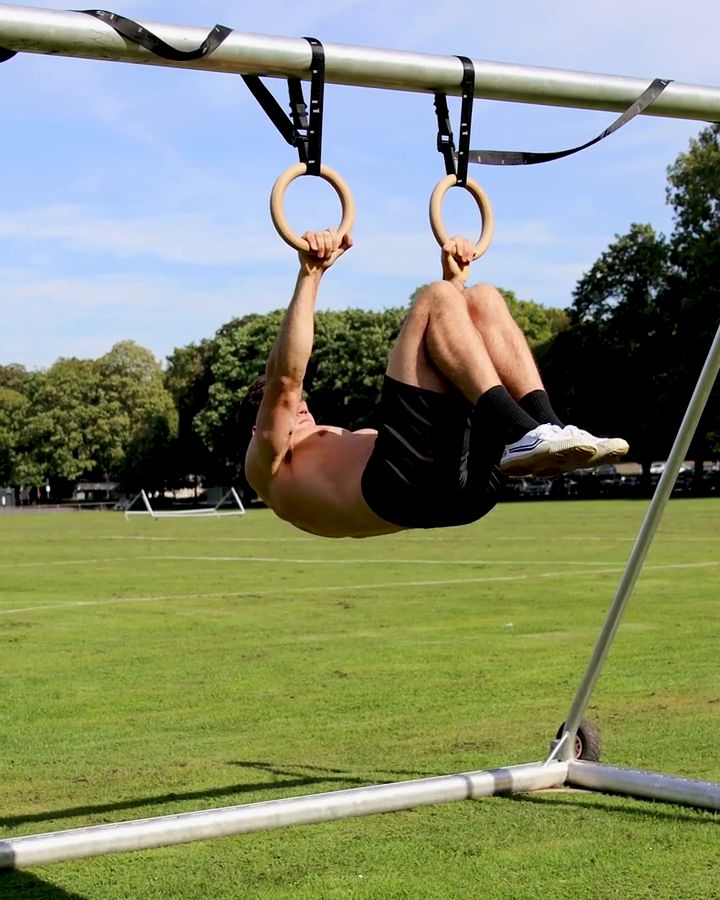
~e5724973d14549c23ea8a586b5736b36.png?alt=media)
